When it comes to solid waste in our daily lives, aside from the common fly ash, there is another prevalent waste known as mill scale. These wastes are often discarded, causing resource wastage and environmental pollution. Maximizing their use has become a significant concern.
Fortunately, the briquetting process offers an effective solution. By utilizing a briquetting machine, mill scale can be reutilized, reducing environmental pollution and enhancing resource efficiency.
What is mill scale?
Mill scale, also known as iron oxide scale, is an iron-containing oxide (iron content is about 80%-95%) formed on the surface of the steel when the steel reacts with oxygen in the air during hot rolling or forging.
In addition to being a by-product of steel production, mill scale is also an attractive alternative source of iron oxide for the cement, chemical, metallurgical, and power industries.

It is usually blue-black or red in color, and its main components are ferrous oxide (FeO), ferric oxide (Fe2O3), ferrous ferric oxide (Fe3O4), and contains other small amounts of elements, such as manganese, silicon, and carbon.
How steel plants benefit from mill scale briquetting?
Steel plants use mill scale in two ways: as an auxiliary material for sintering to improve sinter layer permeability and enhance wear resistance of ceramic materials; and as briquetted slag-making agent for direct use in steelmaking to aid in slag removal, temperature regulation, and cost reduction.
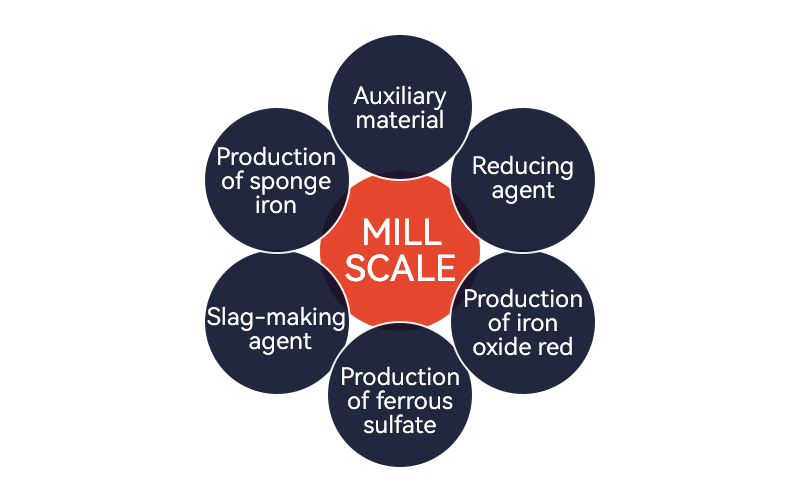
In addition, mill scale can also be used to produce sponge iron, as a reducing agent to manufacture impurity-free alloys, or as a raw material for producing iron oxide red and ferrous sulfate, etc.
What are the advantages of mill scale briquettes?
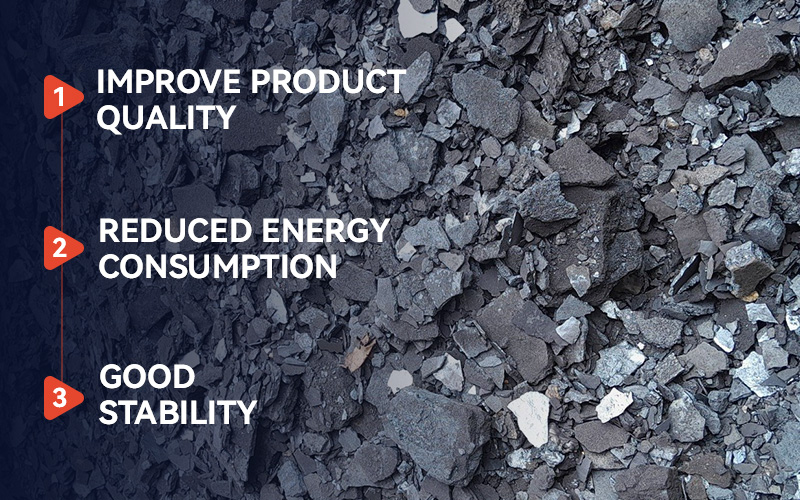
- Improve product quality: The iron element in the mill scale briquettes can combine with the impurity element in the iron ore to form a stable compound, which helps to improve the quality of pig iron.
- Reduced energy consumption: Mill scale briquettes have a higher calorific value and lower ash content than traditional coal fuels. This means that the use of them can reduce fuel consumption and reduce production costs.
- Waste recycling: Mill scale can be mixed and briquetted with solid waste such as steel slag and fly ash. By converting mill scale into briquettes, resource recovery and reuse can be effectively realized and costs can be saved.
- Good stability: Mill scale briquettes are not easy to melt or deform at high temperatures, which allows them to maintain long-term burning performance.
- Easy to transport and store: compared with powder, mill scale briquettes is more compact and uniform, easier to transport, reduce the generation of dust in the handling project, and reduce the loss of materials.
- Reduce environmental pollution: Due to its lower content of harmful substances in the exhaust gases and wastewater produced during combustion, mill scale briquettes can also replace some coal fuel, reducing greenhouse gas emissions and benefiting environmental protection.
Process of making mill scale briquettes
Mill scale briquette is a product in which mill scales and adhesives are mixed and pressed into a spherical shape (the shape can be selected). The specific production process can be divided into the following four parts.
Step 1: Crushing and screening
Use a hammer crusher to crush the raw mill scale materials to less than 25 mm, and use a vibrating screen to pick out large impurities and achieve uniform particle size.
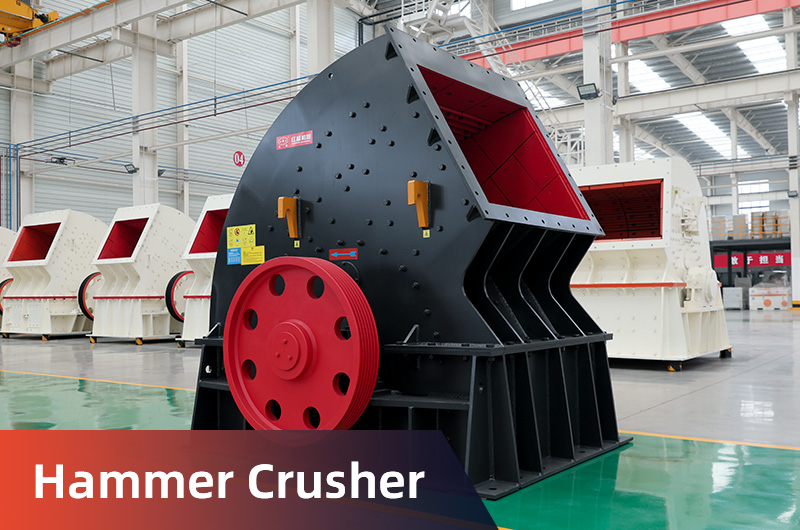
Step 2: Grinding
The screened mill scale is sent to a FTM Ball Mill for further grinding. The discharge particle size can be controlled at or below 100 mesh according to actual needs. The longer the grinding time, the finer the particle size will be.
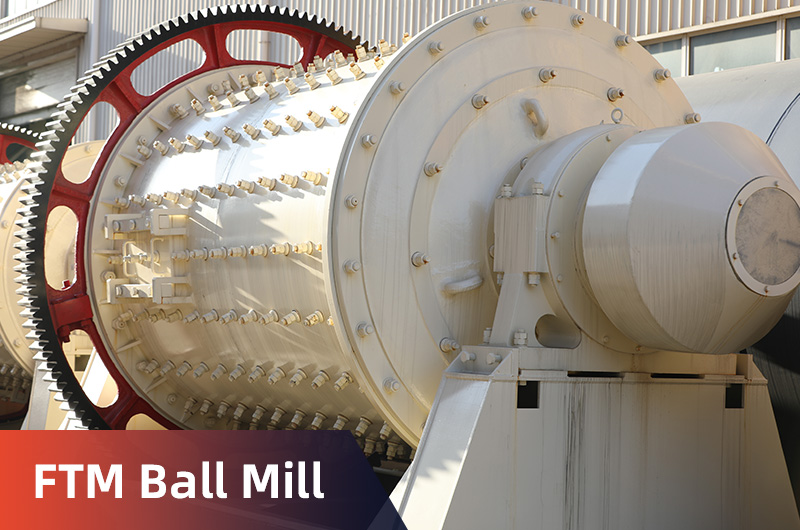
Step 3: Mixing
Mill scale is generally combined with dust and steel slag powder as raw material, and then mixed with a binder to form briquettes. Molasses can be used as a binder, and calcium hydroxide, bentonite or their mixture can be used as a reinforcing agent to enhance the strength of the iron oxide scale briquettes.
The composite binder is uniformly added to the materials, and the amount of binder added will vary according to the particle size and specific surface area of the materials.
Moistening the material and adding water according to its humidity is important. Excessive moisture can cause sticking to the mold and reduce balling rate. After thorough stirring, press the mixture into briquettes.
Step 4: Briquetting
The crushed and mixed mill scales are fed into the FTM Hydraulic Briquetting Machine or Iron Powder Briquetting Machine. Through the hydraulic power system or high-pressure rollers, sufficient pressure is applied to squeeze the mixture tightly together to complete the briquetting.
Our briquetting machine has a high ball forming rate. The mill scale briquettes have a diameter of 50 mm (optional), and can withstand a drop from 2 meters without breaking, achieving a strength of over 100Kg.
FTM Machinery's briquetting molds are diverse and can produce square, round, oval and pillow-shaped briquettes according to user needs.
Step 5: Drying
After briquetting, the materials can be dried naturally(at a temperature of 20℃-25℃ for 3-7 days) or in a dryer to remove moisture. Before drying, check the humidity and water content of the briquettes, and adjust the drying time and temperature according to the specific conditions to ensure that the briquettes are completely dry.

The drying time depends on factors such as the size of the mill scale briquettes, humidity, and the performance of the dryer. Generally, drying time can range from a few hours to dozens of hours.
Successful cases of Ftm machinery mill scale briquette making lines
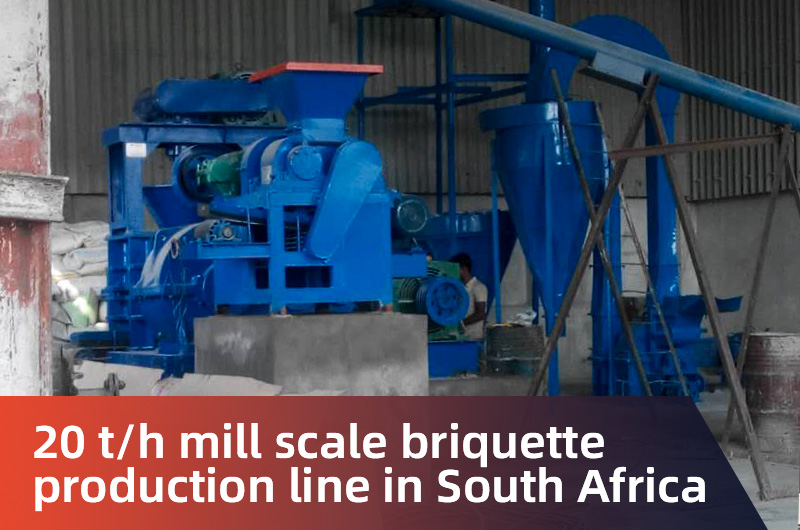
20 t/h mill scale briquette production line in South Africa Get the Latest Price
| Production capacity | 20 t/h |
| Processing material | Mill scale, steel slag powder, grinder dust |
| Equipment configuration | Hammer crusher, hydraulic briquetting machine, dryer etc. |
| Mill scale size | 60 mm (in diameter) |
| Mill scale briquette shape | Round |
Customer feedback:
Mill scale briquettes have higher density and consolidation, which can provide a longer-lasting combustion effect while reducing energy consumption and carbon dioxide emissions.
Conclusion
The rich iron content of mill scale makes it an attractive industrial waste. How to effectively briquette it to achieve energy transformation and utilization is an important issue.
FTM Machinery has been producing and supplying briquetting machines for decades. We have strong technology and experience in the production of mill scale briquettes and charcoal briquettes, which can effectively help you save costs and improve production efficiency!Contact us
FAQs
1. What are the hazards of mill scale?
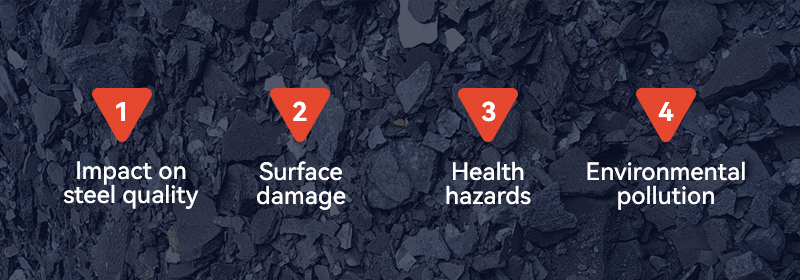
- Impact on steel quality: Mill scale is very brittle and prone to cracking, which reduces the strength and toughness of the steel. Once moisture enters, the presence of mill scale will accelerate the corrosion of the steel.
- Surface damage: Paint or powder coatings have poor adhesion to mill scale, hindering the close contact between the coating and the metal surface, leading to decreased adhesion of the coating and potential issues such as blistering and peeling.
- Health hazards: The mill scale on steel may contain various harmful substances, such as lead, cadmium, and other heavy metal elements, which can pose chronic health hazards to individuals exposed to these substances over the long term.
- Environmental pollution: If the mill scale on steel is not effectively removed during industrial production, it can be discharged into the environment through waste gas and wastewater, causing air and water pollution.
2.How to remove mill scale?
- Mechanical removal: Use mechanical tools such as wire brushes, sandpaper, etc. to scrape, grind, or polish to remove mill scale.
- Pickling: Soaking steel containing mill scale in an acidic solution, such as hydrochloric acid or sulfuric acid solution, to dissolve and remove the mill scale.
- Sandblasting: Using high-speed jets of particles (such as quartz sand) to impact the surface to remove mill scale. Sandblasting can remove thick scale and large areas of contamination while also improving surface quality and increasing roughness.

